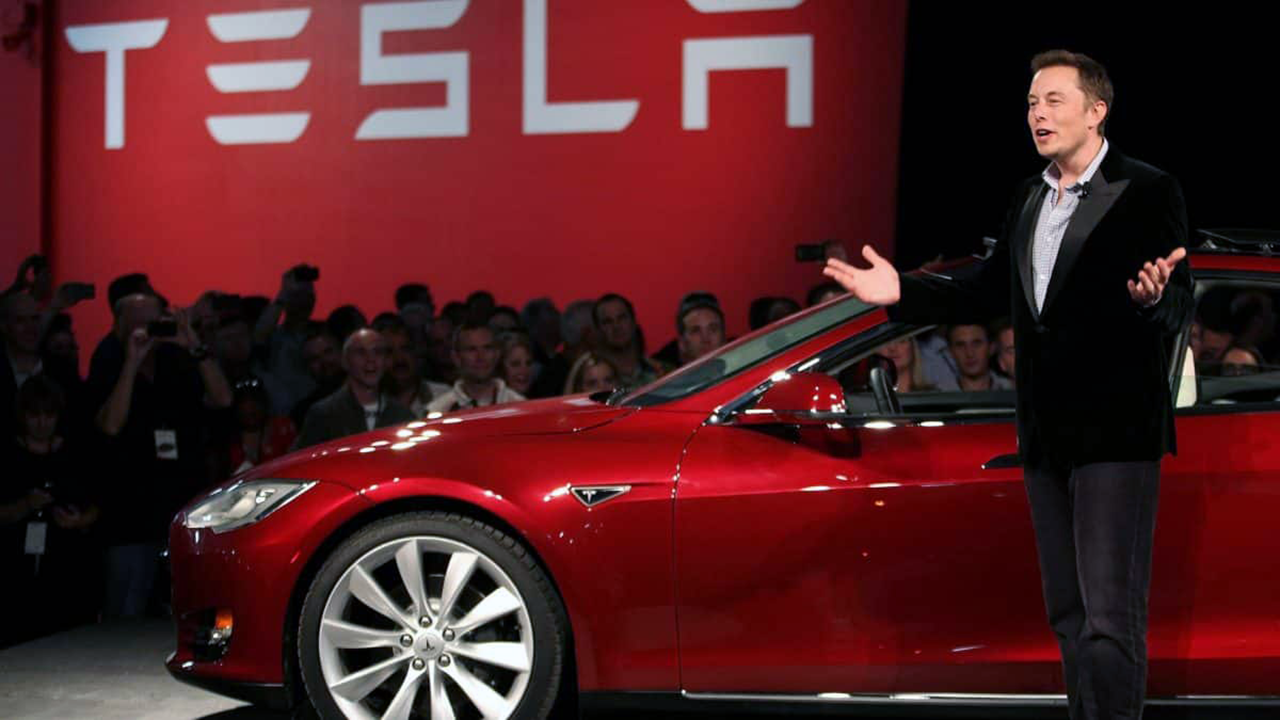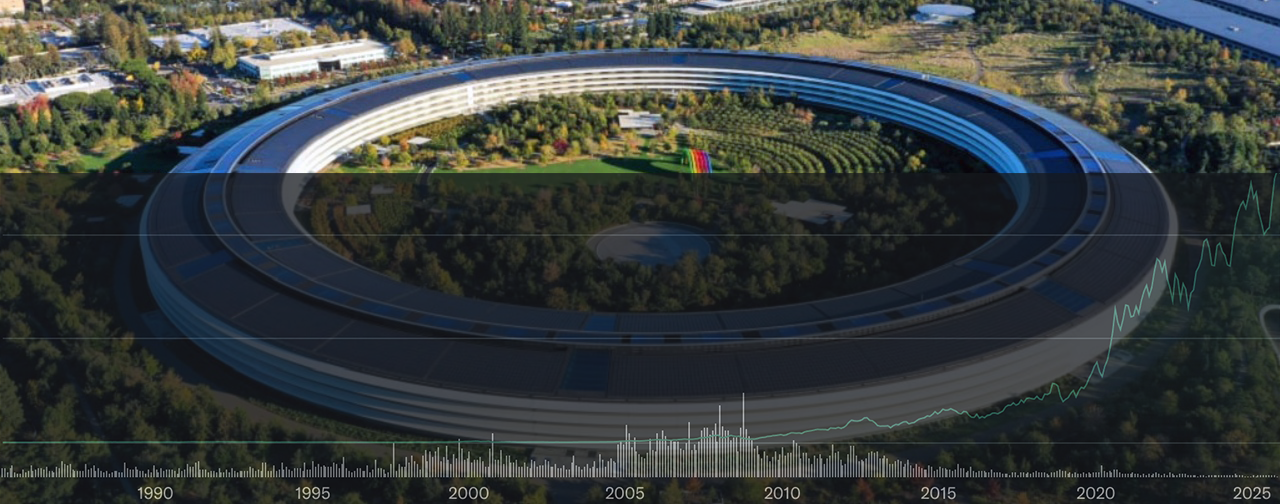My first ever purchase of individual company stocks took place back in the fall of 1997 while ascertaining which online brokerage firm I should setup an account with. My friends uncle happened to be a broker at Prudential Securities and said he would setup the accounts for us, and that we did not need to have it initially funded before placing the order for whatever stock we wanted to purchase.
I remember when I called him up and told him that I wanted to purchase an initial 100 shares of AAPL common stock, there was initial silence on the other end of the line. He must have thought that I was crazy. He asked if I was really sure about this, and that was for good reason. Wall Street in general pretty much had it in for Apple Computer. As a long term investment strategy, AAPL was not on any sort of recommendation list. The situation back then was sort of like a death watch as to just how quickly the company would fade away into the annals of history. So I understood the trepidation by my friends uncle about us putting our money into such a risky company, and I didn’t blame him for attempting to act like a final confirmation button.
I reassured him that I had done nearly 9 months of due diligence after the NeXT acquisition by Apple, and that I saw some potential promise in the strategy which could yield a decent return on investment. If not, I also reassured him that I was prepared to lose a significant percentage of the initial principle. In otherwords, my risk tolerance back then (and even today) is towards the high end of the spectrum. My rationale is simply this; high risk, high reward — no guts, no glory, and on the lighter side, stupid is, as stupid does. Part of the bet I was making was based partially on the premise of the following cartoon:
The basic thought was not the Rhapsody operating system (which is the precursor to what became the actual Mac OS X 10.x lineage as well as the iPhone OS; aka iOS) strategy being a trojan horse against the seemingly insurmountable Microsoft hegemony which existed then. What I was looking at were the software assets which comprised the operating system and how portable and scalable it was. Taken together with its object oriented approach of building apps, the impression that I got was that this would allow Apple to be much more nimble in terms of its operating system and application software development and deployment. As history shows, this is what happened.
Another thing I clearly remembered was an interview Steve Jobs gave to Fortune in the February 19, 1996 edition where he said, “If I were running Apple, I would milk the Macintosh for all it’s worth — and get busy on the next great thing. The PC wars are over. Done. Microsoft won a long time ago.” The salient part of the quote is what I’ve bolded. Now I fully understood back then that Apple would need to tread carefully and take care of their existing user base and software developers. Which meant that on the public facing side, the road to the next big thing would take awhile as there were clear steps which the company needed to take care of first. But that also doesn’t mean that behind the scenes, the wheels of progress were being halted as far as looking for new opportunities which could leverage the strengths of these software assets.
One other thing gave me an even more solid gut feeling that the company, under strong leadership, could remain a player even if it were in niche markets (Apple still was strong in the education and creative markets). That was Steve Jobs closing chat session at the 1997 World Wide Developers Conference. At the time, he was still an advisor to then CEO, Gil Amelio. Jobs Q&A session with developer was completely unscripted and unrehearsed (this is in contrast to the regular keynotes). What impressed me the most was how he fielded all sorts of questions and gave compelling replies back. Much of how Apple brought themselves back to relevance is completely distilled in that session in terms of the disciplined approach the company needed to follow in order to build great products. Jobs stated some of the products he and Woz built was because no one else was making them – so they went and built it for themselves. This is what many Wall Streets analysts have failed to understand as to why Apple builds the products the way they do where it isn’t always about having the longest list of specifications. True, many of the concepts that Apple has brought to market in their products were not invented by Apple. The genius in what Apple does is taking those concepts, and putting it all together in a completely integrated (hardware and software) product which the average person is able to intuitively use. Furthermore, great industrial design which imparts elements derived from the arts and humanities, gives these inanimate objects an intangible and organic feel and quality. The following is the complete 71 minute video which is recommended watching.
Shortly after, Gil Amelio was let go as CEO and Jobs made his first keynote address as the interim CEO at Macworld Boston on July 9, 1997 (below). The keynote literally sealed the deal for me.
Armed with this knowledge and having a decent enough understanding of the approach the Apple management team was taking to get the company back on the right track (based on the information presented in these two events), I made a firm decision that this would be a long term buy, accumulate, and hold investment with around a 10 year horizon. My (and my friends) first shares were no where near the bottom as they were bought at a market order price of $19.4375 (or $20.10 after all of Prudential’s fees and commissions were included). This is the pre-split price so based on the two 2:1 splits, this would be $4.859 per share.
And just like how people would look at you as if you had some sort of disease if you mentioned you were a Mac user back then, it was sort of the same reaction when you said you were taking a long term investment strategy with AAPL. Most people must have thought we were out to lunch and you know what, I don’t blame them one bit. I came to realize a long time ago during the BBS “Fight-o-Net” days that most people have their own solid opinions and have more often than not, closed off their minds from really being objective and therefore, really listening to other points of views. Because of that, it literally isn’t worth the time and effort debating or trying too hard to convince them of your own point of view because they aren’t likely to be really listening anyway (tl;dr – waste of time and effort). The key thing is I knew what I was getting into and taking full responsibility if my decisions turned out to be wrong.
Of course much to the bemusement of others, the stock spent the remainder of 1997 sliding down a hill, in some ways, confirming to some that I was off the deep end and had no clue at all what I was doing. Here is the chart from November 1 to December 31, 1997 (prices are post two 2-for-1 stock splits).
In the mean time, I had setup online trading accounts at E*TRADE and later at no-frills discount brokers like Suretrade, Datek Online, and Scottrade. At various points on the way down, I took the dollar cost averaging approach by acquiring more shares. The next purchase was a week and a half later at $17.875 ($4.469).
And it continued its downwards slide where my sarcastic sense of humor kicked in and I put in a stink bid of $13.13 (you know, unlucky number 13) to maybe try and goad the market manipulators (I mean market makers) to take it back down to near its previous lows. Actually, this market action of losing large percentages of my principle was beginning to really piss me off. The lesson I learned here is you need to be careful of dollar cost averaging on the way down because you could be catching a falling knife and unlike the big money, you’ll eventually lose because you will run out of capital before they do. I later learned about technical analysis and using that as a tool which helped me later when I got into the day trading side of things. The investing gods were not on my side as on December 29th, my limit order executed. Fuuuuuuuuuuuuuuuuuu!!!!! ( >_< )









4 Comments